Choosing the right tawa can significantly impact the texture, taste, and appearance of your favorite dishes. Flat and concave tawas are the most common options, each suited for specific cooking styles and recipes. With innovative cookware advancements in 2025, selecting the perfect tawa is now more about aligning your culinary needs with the tawa's design and functionality.
Let’s dive into the details to help you decide whether a flat or concave tawa fits your kitchen best.
Table of Contents
Understanding Flat Tawas
Flat tawas have a uniform, level surface that’s perfect for cooking items that need consistent heat distribution. Here's what they offer:
Advantages of Flat Tawas
- Even Cooking
- The flat surface ensures even heat distribution, making it ideal for dishes that require uniform cooking, like dosas, pancakes, crepes, and omelets.
- Versatile Use
- A flat tawa is versatile and can double up as a pan for shallow frying or making parathas.
- Perfect for Thin Batters
- Flat tawas are great for spreading thin batters like dosa or making items that need a smooth surface for even cooking.
- Modern Options
- Brands like Meyer Hard Anodized Flat Tawas and Meyer Non-Stick Flat Dosa Tawas are designed to deliver superior performance without the need for excessive oil.
Drawbacks of Flat Tawas
- Limited to recipes that don't need curved edges for containment, like chapatis or poori.
- Spillage risk when using runny batters if they’re not handled carefully.
Understanding Concave Tawas
Concave tawas have a slightly depressed center, making them suitable for cooking items that need to stay in place during the cooking process.
Advantages of Concave Tawas
- Ideal for Indian Flatbreads
- Perfect for making chapatis, rotis, and phulkas as the curved surface helps evenly distribute heat to the edges.
- No Spillage
- The concave shape ensures runny batters, like for uttapams or thick dosas, stay in place, reducing mess.
- Energy Efficient
- Due to their shape, concave tawas often require less heat, which makes them energy-efficient.
- Traditional Appeal
- Cast iron concave tawas, like the Meyer Pre-Seasoned Cast Iron Roti/Chapati Tawa, offer a traditional cooking experience with modern convenience.
Drawbacks of Concave Tawas
- Not ideal for spreading thin batters like dosa or making items like pancakes.
- Uneven heat distribution for recipes that require a completely flat surface.
How to Choose Between Flat and Concave Tawas
- Type of Recipes
- Flat Tawas: Great for dosas, pancakes, crepes, omelets, and parathas.
- Concave Tawas: Best for chapatis, phulkas, pooris, and uttapams.
- Cooking Technique
- Flat tawas are excellent for spreading batters and flipping.
- Concave tawas are better for trapping heat around flatbreads, ensuring puffed rotis or evenly cooked chapatis.
- Material Preferences
- Non-Stick Flat Tawas: Ideal for low-oil cooking and easy cleanup.
- Cast Iron Concave Tawas: Deliver authentic flavor and superior heat retention. The Meyer Pre-Seasoned Cast Iron Tawa combines traditional cooking with easy maintenance.
- Kitchen Space and Versatility
- Flat tawas are more versatile, suitable for a wider range of recipes.
- Concave tawas are specialized but take up less space and are easier to store.
2025 Innovations in Tawas
With cutting-edge technology, cookware brands have designed tawas to cater to modern needs:
- Meyer Enamel Coated Cast Iron Tawa: Combines the durability of cast iron with a sleek enamel finish, eliminating the need for seasoning and offering non-stick properties.
- Meyer Hard Anodized Tawas: Lightweight, durable, and perfect for everyday cooking without the worry of rust or heavy maintenance.
- Meyer Pre-Seasoned Cast Iron Tawas: Ready-to-use tawas with natural non-stick properties for authentic cooking experiences.
Final Verdict: Which Should You Choose?
- Go for a Flat Tawa if:
- You love making dosas, pancakes, or other batter-based recipes.
- You need a multipurpose tawa that can handle shallow frying and griddling.
- Choose a Concave Tawa if:
- Your focus is primarily on making chapatis, rotis, or pooris.
- You prefer cookware with heat-trapping properties for fluffy flatbreads.
Conclusion
Whether flat or concave, the choice of tawa boils down to your cooking style and preferred recipes. In 2025, brands like Meyer have revolutionized the market with tawas that combine traditional benefits with modern convenience. By investing in a high-quality tawa—be it flat or concave—you ensure better cooking results, enhanced durability, and an improved culinary experience.

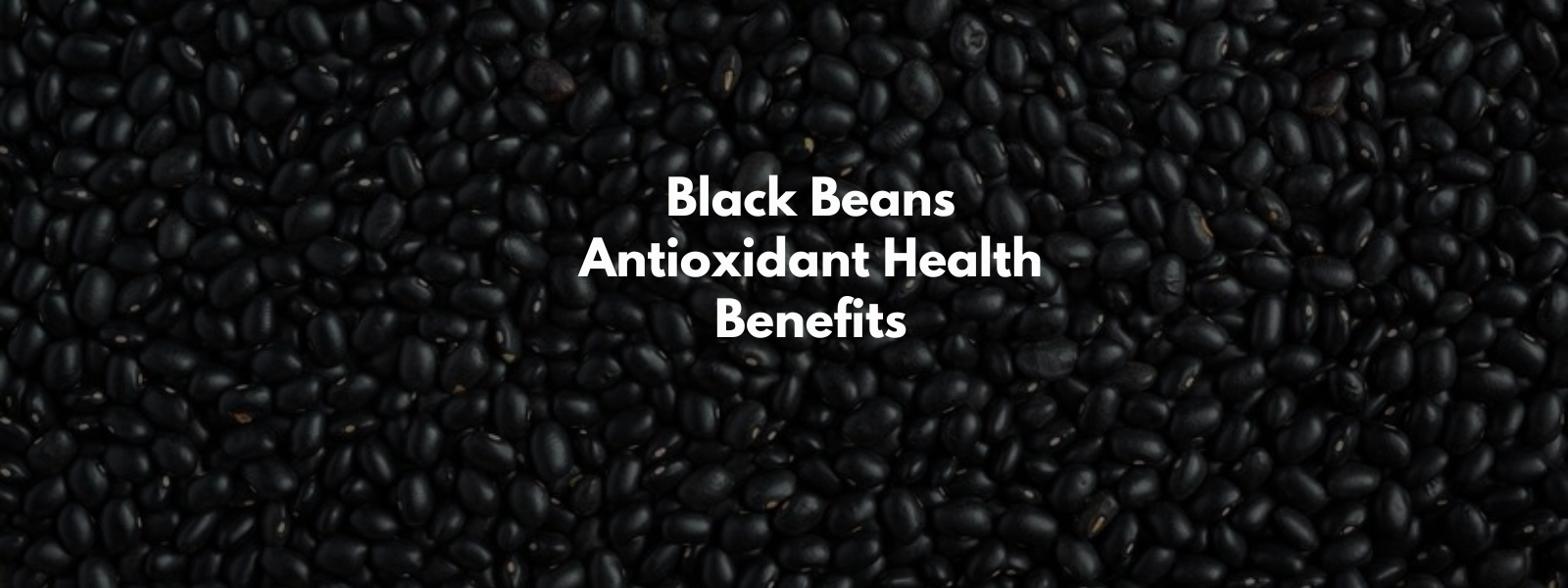
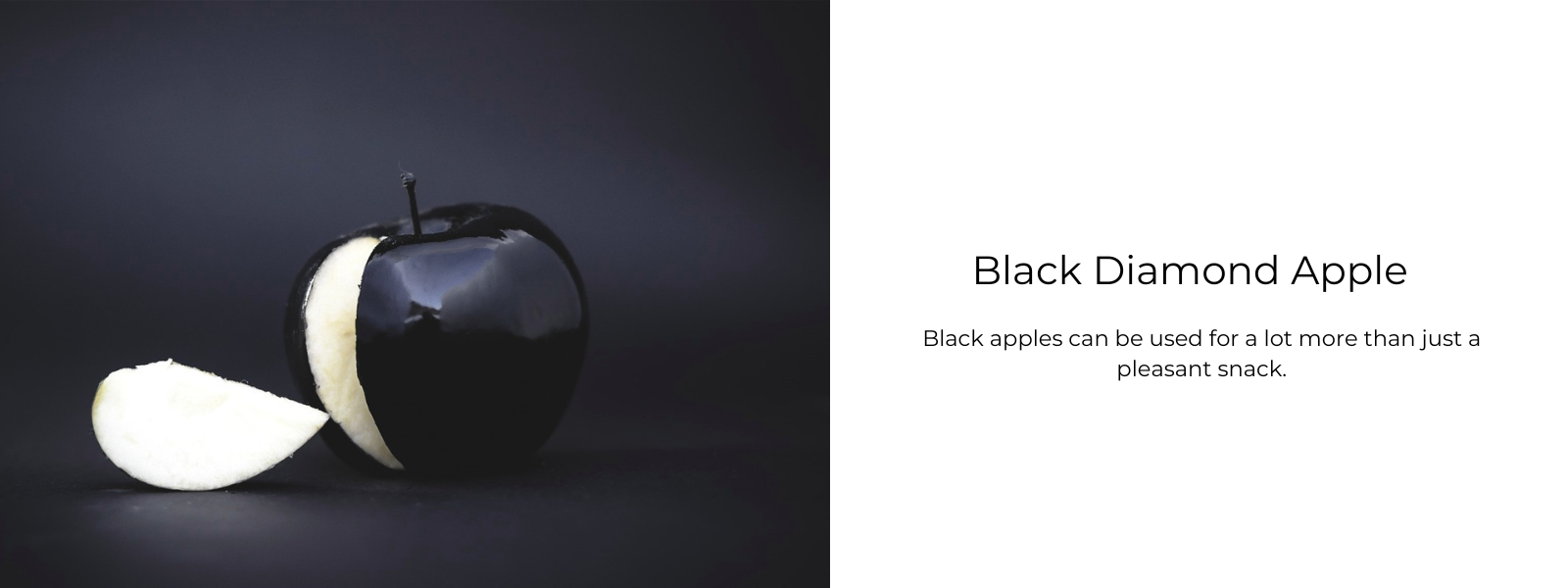
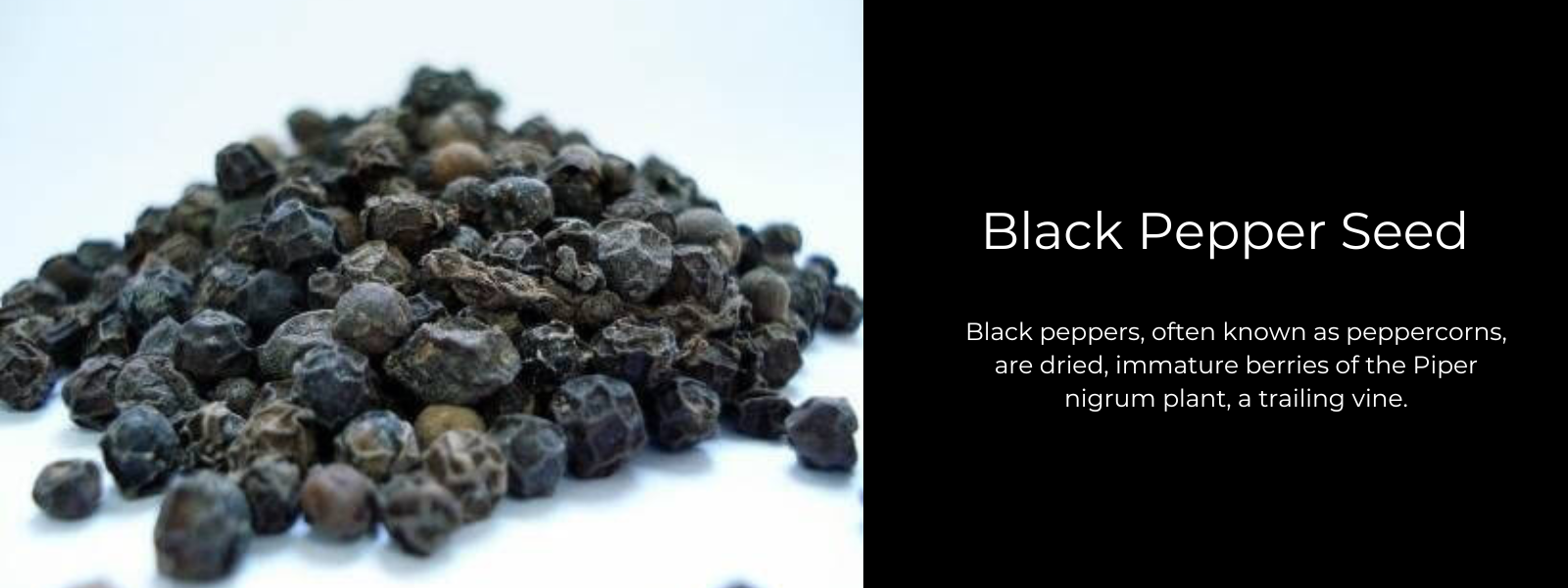
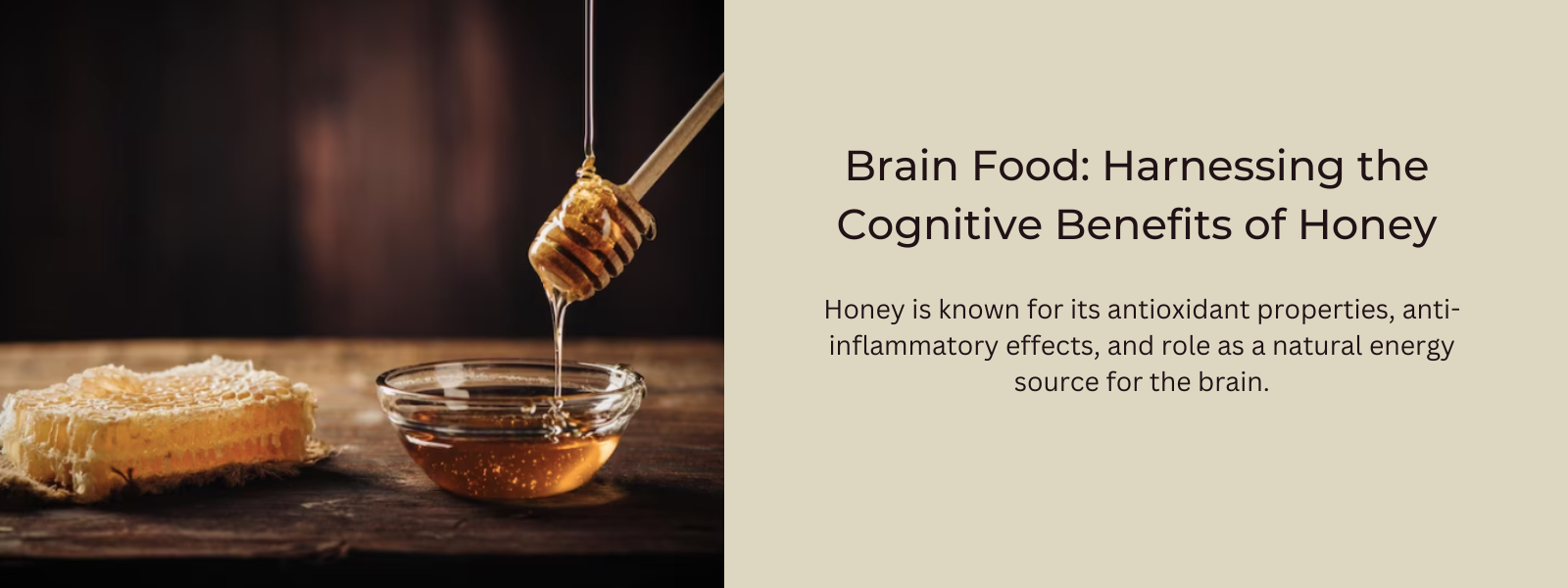
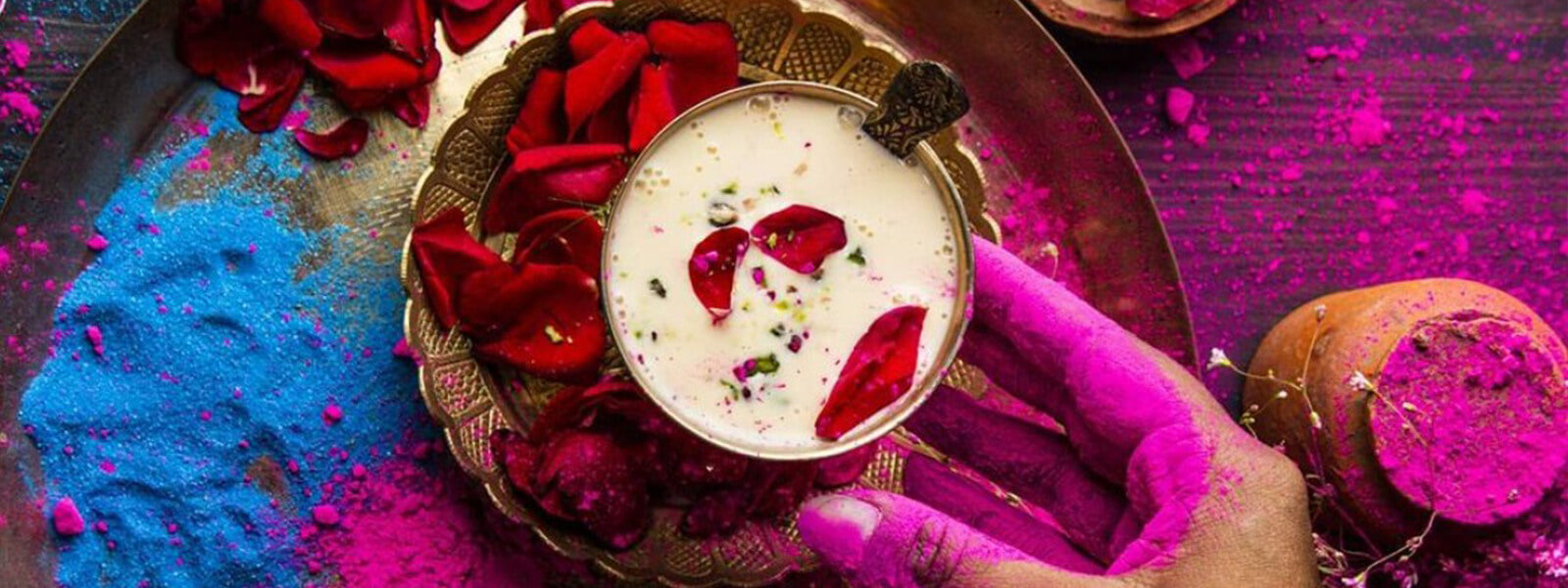
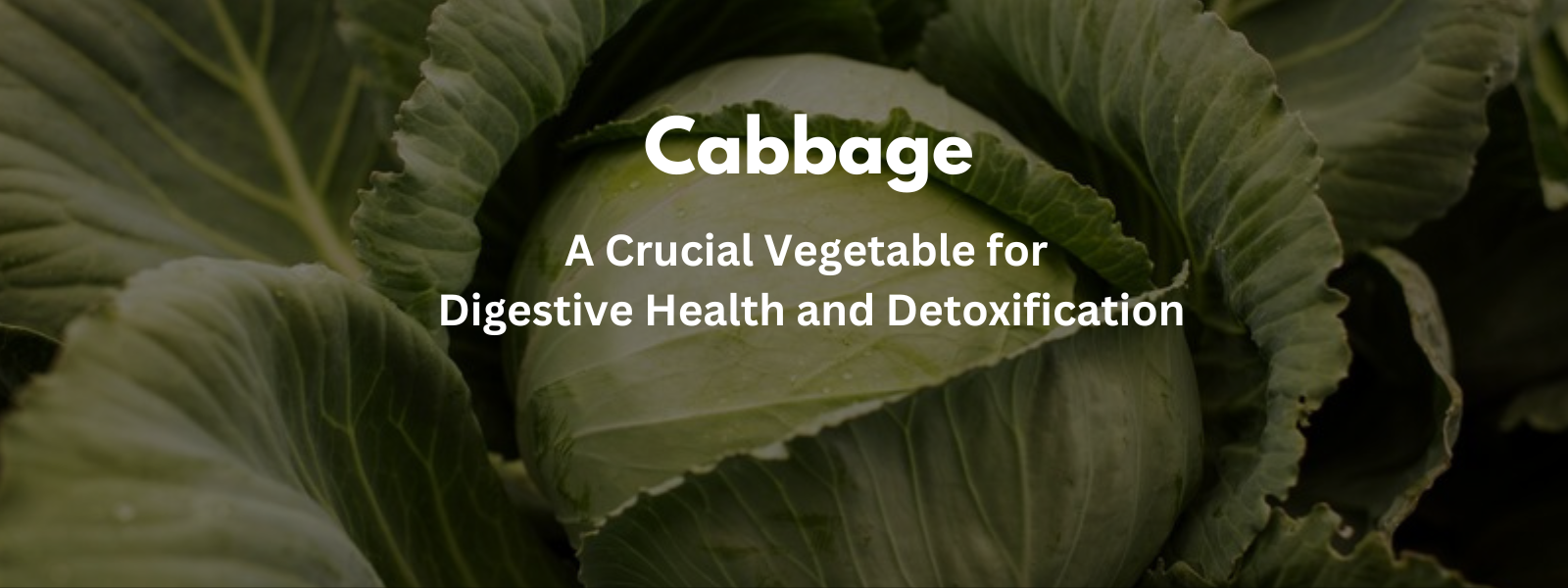
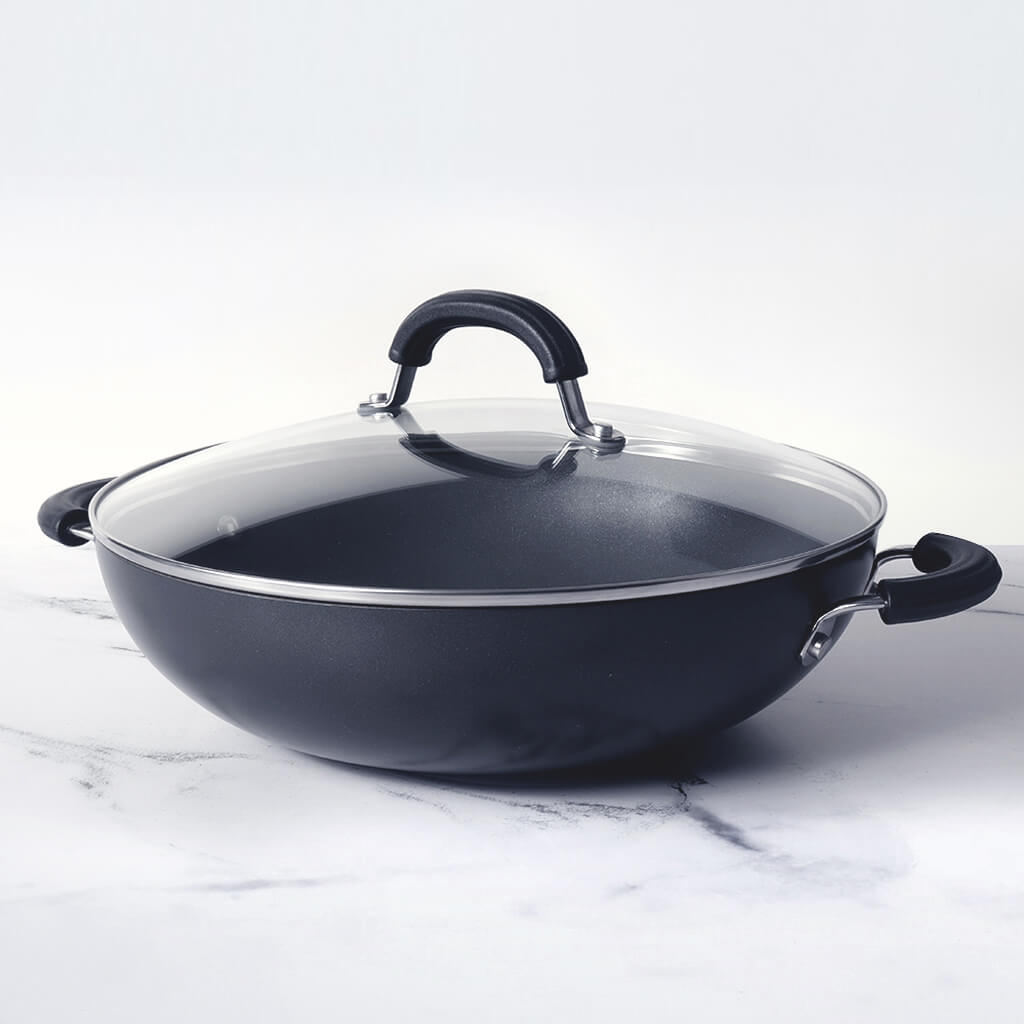
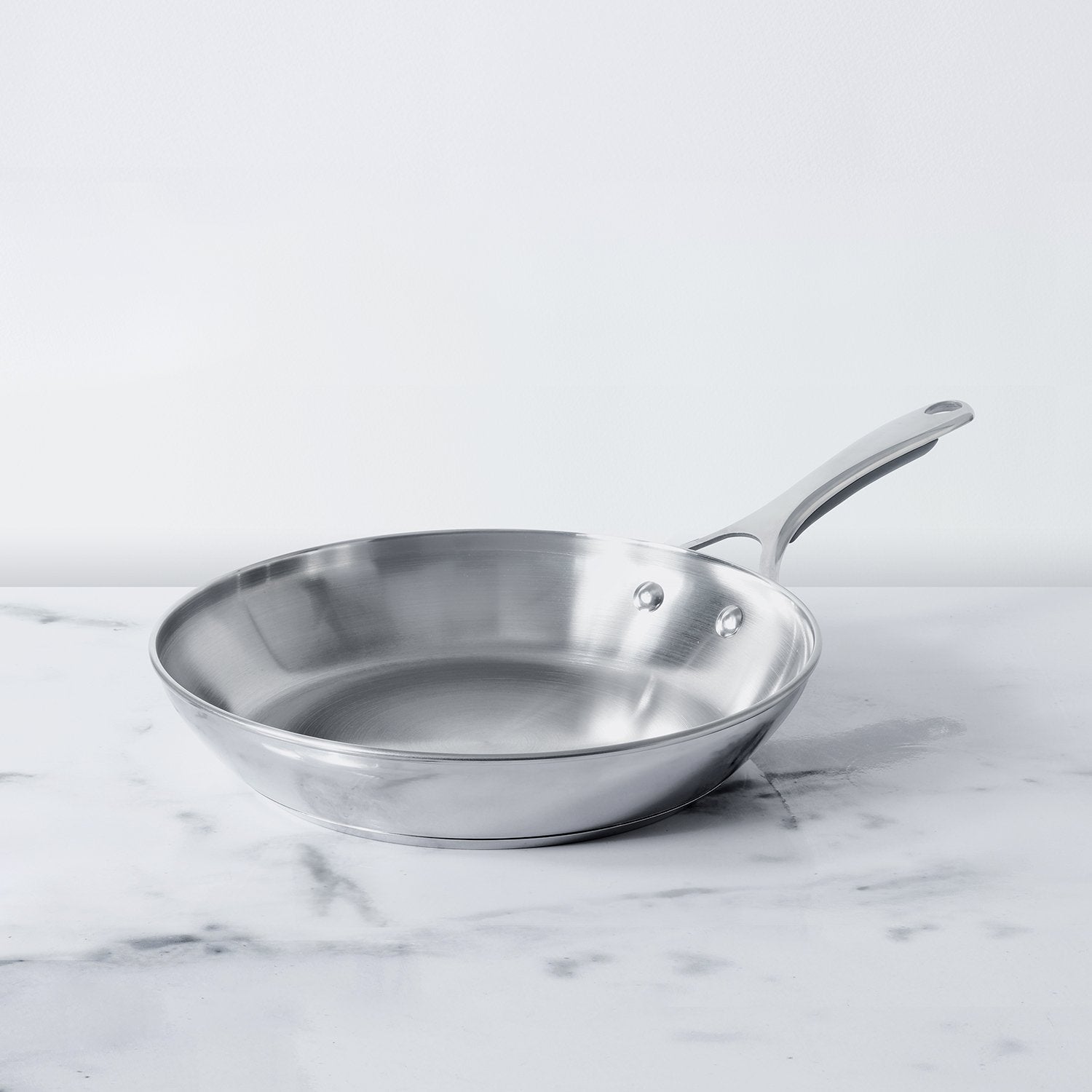




Leave a comment